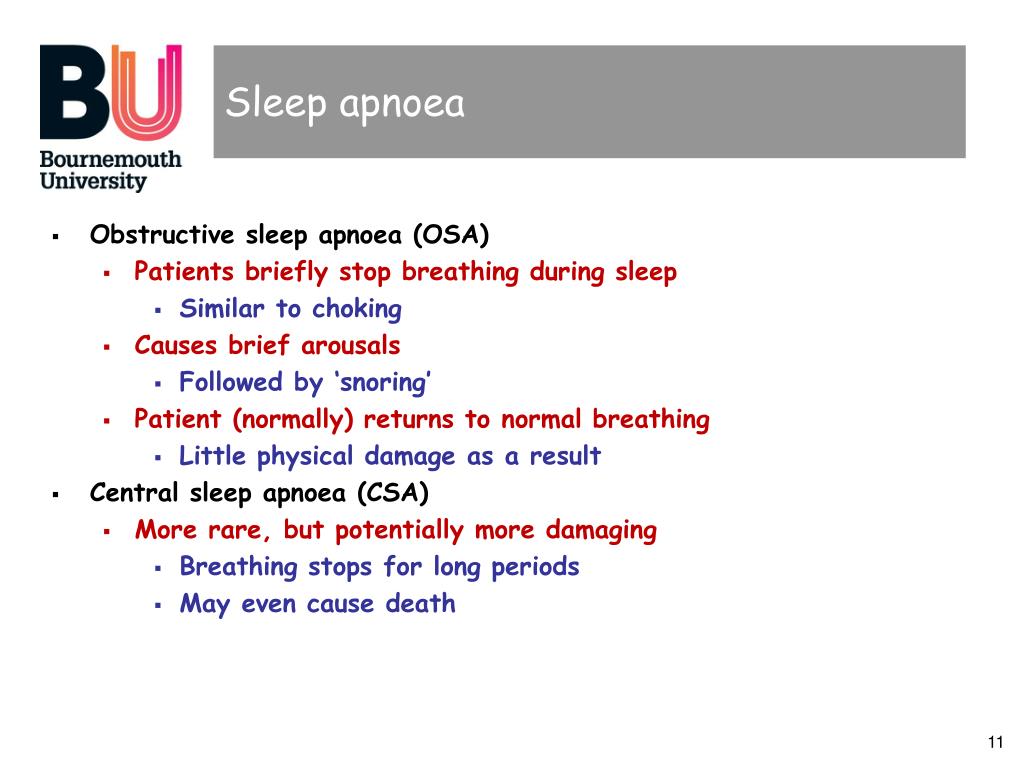
Unfortunately, there isn’t a specific test to detect cataplexy which can make diagnosing the condition a challenge. But keep in mind that not everyone with narcolepsy experiences cataplexy. The source also notes that if you have narcolepsy, it is possible you’ll experience a cataplectic attack at some point. Autoimmune conditions may also increase your risk for narcolepsy and cataplexy.

Tumors located near areas of your brain that control sleep may also increase your risk, as can infections like the H1N1 virus. Other factors that may also increase your risk include having a traumatic head or brain injury. Narcolepsy isn’t an inherited disorder, however, Healthline explains about 10-percent of cases with narcolepsy and cataplexy have close relatives with symptoms of these conditions. Luckily, if this is the case, cataplexy usually goes away after stopping the medication. The source also notes that cataplexy may also be a side effect of some medications but this is usually very rare. Other possible disorders linked to cataplexy include Prader-Willi syndrome, Angelman syndrome, strokes, brain tumors, and inflammatory processes. NPC is a rare genetic disorder that causes an inability to transport lipids (like cholesterol) to cells, causing them to accumulate in body tissues. While cataplexy is often associated with narcolepsy, the Sleep Foundation points out that “30% of cataplexy episodes are related to other disorders.” For starters, individuals with Niemann-Pick type C disease (NPC) may experience cataplexy along with cognitive impairment and dementia. Some theorize that narcolepsy is an autoimmune disorder but the source notes that more research is still needed. However, the source also notes that “a loss of neurons that produce hypocretin (also known as orexin) is thought to be a major contributing factor.” Hypocretin is a neurotransmitter that plays a role in wakefulness in the sleep/wake cycle.Īnother theory suggests that individuals with cataplexy have a specific human leukocyte antigen, variations in T-cells receptors, or dysfunctional immune system responses to antigen exposures. While we know that cataplectic attacks are triggered by emotions, what causes cataplexy to develop in the first place is unknown, explains Medical News Today. After diagnosing the condition, your doctor can help you come up with a treatment plan and ways to help you manage your condition. This is why it’s so important to get a proper diagnosis if you notice symptoms of cataplexy. You can also be put in harm’s way if the attack occurs while you’re cooking, using knives, or using other sharp objects. This can put your health at risk, especially if you’re driving a car or operating machinery. However, if you notice anyone displaying these symptoms, it’s vital that you make sure they don’t hurt themselves if they collapse.Ī cataplectic attack can happen without warning. After the attack, normal muscle function returns.

The source says common symptoms of a cataplectic episode may include:Īttacks are usually short, lasting about a few seconds up to 2-minutes.
Mild narcolepsy without cataplexy full#
Some individuals may experience barely noticeable symptoms while others experience a full body collapse. The source points out that individuals with type 1 narcolepsy often start experiencing episodes of cataplexy after the onset of excessive sleepiness.Īccording to Medical News Today, cataplectic attacks can vary from mild to severe. Individuals with type 1 can experience episodes of cataplexy whereas individuals with type 2 don’t.

The Sleep Foundation explains that there are two major types of narcolepsy, including type 1 and type 2.


 0 kommentar(er)
0 kommentar(er)
